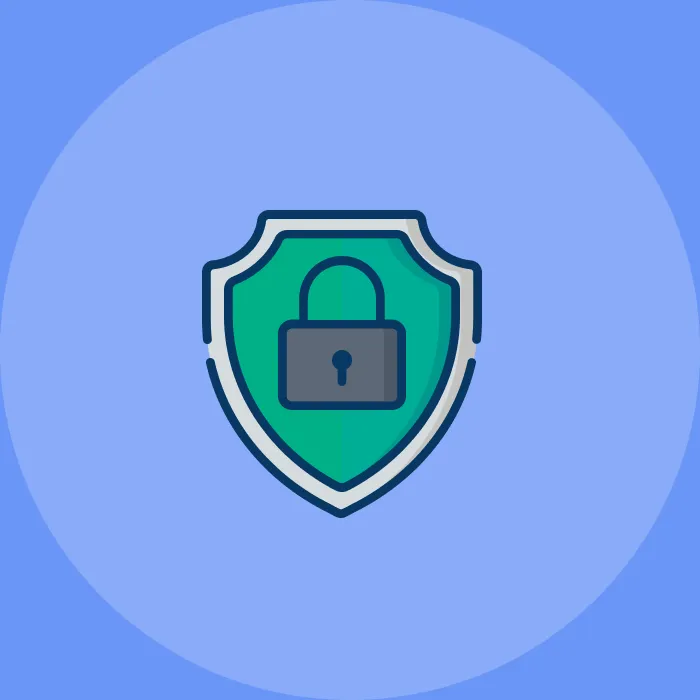With an increasing number of cyberattacks every year, stolen and leaked data have been a growing concern for many companies.
Regardless of size, businesses must operate with a large amount of information circulating through their networks and systems. The most concerning is the sensitive information of clients, employees, and the company itself.
Much of the information is readily available online, where perpetrators can easily access it. It might be on your social media or company website. More sensitive information that has been revealed in previous breaches can even be found on the dark web and hacking forums.
So, how do criminals get to that data?
The most probable way data will be breached is through hacking. Cybercriminals identify security vulnerabilities and exploit them to gain unauthorized access to an organization and steal sensitive data.
Could this happen to your business? It could.
To prevent incidents, it’s crucial to have the proper protection that can guard the business you build. However, this is only the beginning of security because all the tools and people you have employed also need to be managed. Also known as vulnerability management, it is crucial to identify, classify, prioritize, remediate, and mitigate possible vulnerabilities. We will take you through a few essential steps of this process.
Setting up your security framework
You might already be familiar with this stage if you’ve already chosen the basic tools, written protocols, and trained teams to manage your security.
If your company doesn’t yet have the solutions that keep your data safe (and defend systems from possible cyberattacks), it’s something you need to set up.
But where do you even start?
Every company is different and will require versatile solutions. The key to establishing a robust foundation for adequate security is layering.
Have tools that protect all parts of the system — including your cloud, remote employees’ home devices, and any other potential vulnerabilities that can be hacked.
For smaller businesses, a basic firewall and antivirus can be enough. However, as you scale, you’ll need more complex security to cover every tool that you use to protect data, workers, and clients.
Once you have the tools, focus on the protocols — the guidelines your teams must follow. They depict how to handle cyberattacks and make sure that you have complied with the regulations, such as GDPR.
Larger companies have complex systems that require professional management by a specialized cybersecurity team.
Here, the last step is to choose talented members for the IT team that will manage the security and continually improve it, making it work for the company.
Scanning for vulnerabilities and fixing flaws
Setting up security points that cover all your devices is not enough. You must continually seek weaknesses in your network security measurements — manage your vulnerabilities.
For context, this might include:
- Making sure that all the tools work properly
- Discovering leaked business intelligence online
- Training your employees
It’s essential to identify flaws before they lead to major incidents, such as stolen data or a cyber breach. They must be identified early as well, because the longer the time passes, the greater the damage and cost to affected companies.
How to detect vulnerabilities?
Uncover flaws in your systems by testing the security you already have. You can achieve this with manual penetration testing or automated solutions, such as Breach and Attack Simulation (BAS).
Testing will confirm if your organization is ready for new attacks depicted in the MITRE ATT&CK Framework and well-known hacking methods.
After scanning for the weak spots in your security, it’s necessary to patch up any parts of the system that may lead to a successful cyberattack and repeat the process.
Developing a cybersecurity culture in your company
A healthy cybersecurity culture is essential because all breaches are essentially the result of human mistakes, but it also helps your IT teams.
Dedicated cybersecurity experts can have a hard time keeping up with all the changes in the industry and in their company. Any new update or hacking method can cause a vulnerability and put your company at risk.
Cyberattacks can occur at any time, and it’s vital to mitigate the incident in real-time.
Nurturing a cybersecurity culture within the company is a helpful way to alleviate the burden and motivate overworked teams that safeguard your security.
Start with:
- Basic cybersecurity training for all employees
- Creating a safe space for your employees where they can freely report a possible incident
The basics of cybersecurity hygiene prevent many easily avoidable incidents, such as downloading malware from phishing emails or using easily cracked passwords.
Even with cybersecurity training, mistakes can happen. Create a culture within your company that encourages easy reporting of potential breaches and errors.
Conclusion
To establish robust cybersecurity foundations, cover all the systems and devices you use with solutions that can protect them.
Tools such as malware protection and firewalls are your first line of defense. They can deter known threats, such as common viruses, and even prevent common attacks from damaging your business.
After setting up your systems, ensure that they are correctly configured to identify any weaknesses early on.
Vulnerability management encompasses scanning for potential threats, ensuring that the tools you have are functioning correctly, verifying that personnel operating the security software are knowledgeable about their use, and eliminating flaws from your system.
Lastly, keep in mind that all successful hacking is the result of human mistakes. They might stem from the lack of basic employee training or poor working conditions for your cybersecurity teams.
With that in mind, protecting the business from possible data leaks is also about fostering a strong security culture within your company. Safe spaces for your teams will enable you to discover flaws early and help you keep the best talent within your organization.






